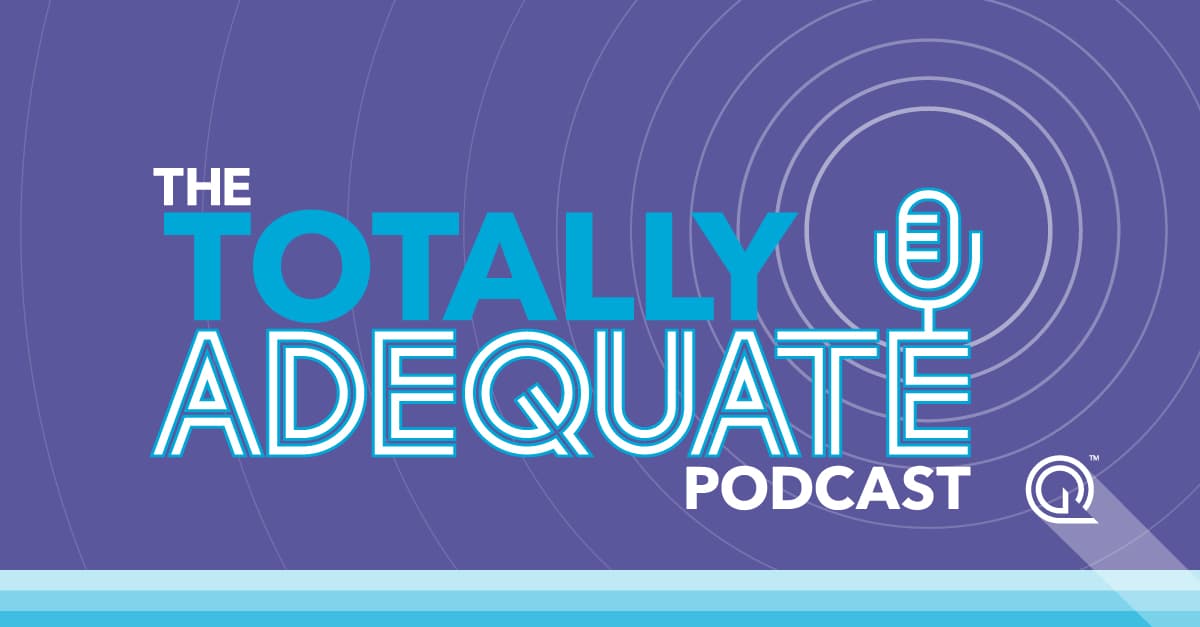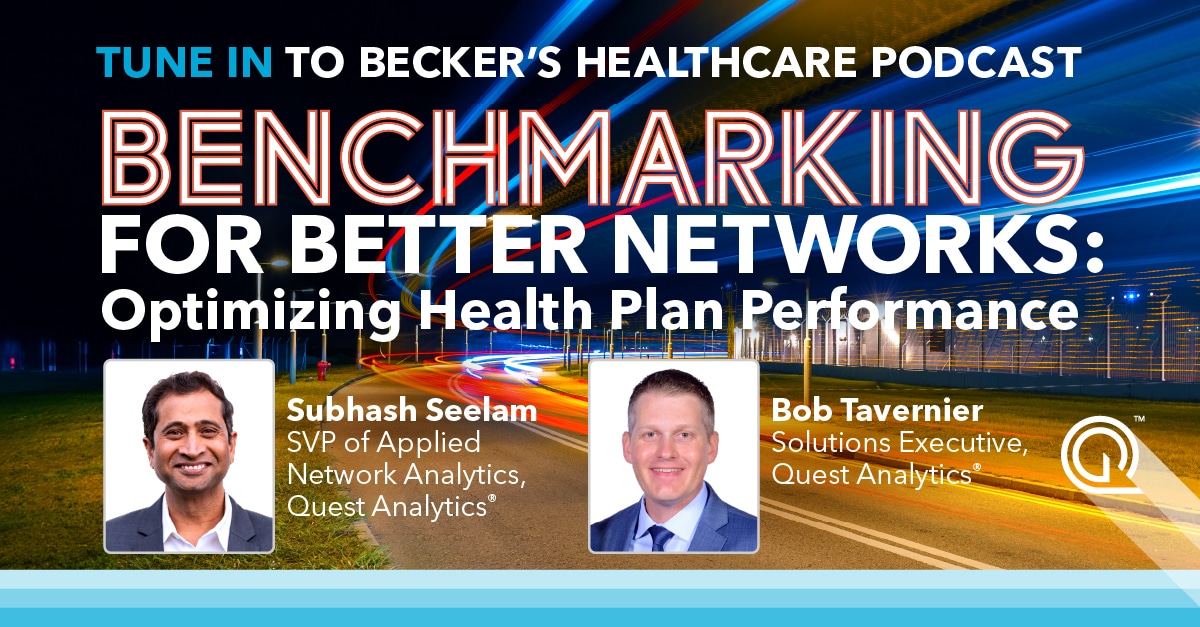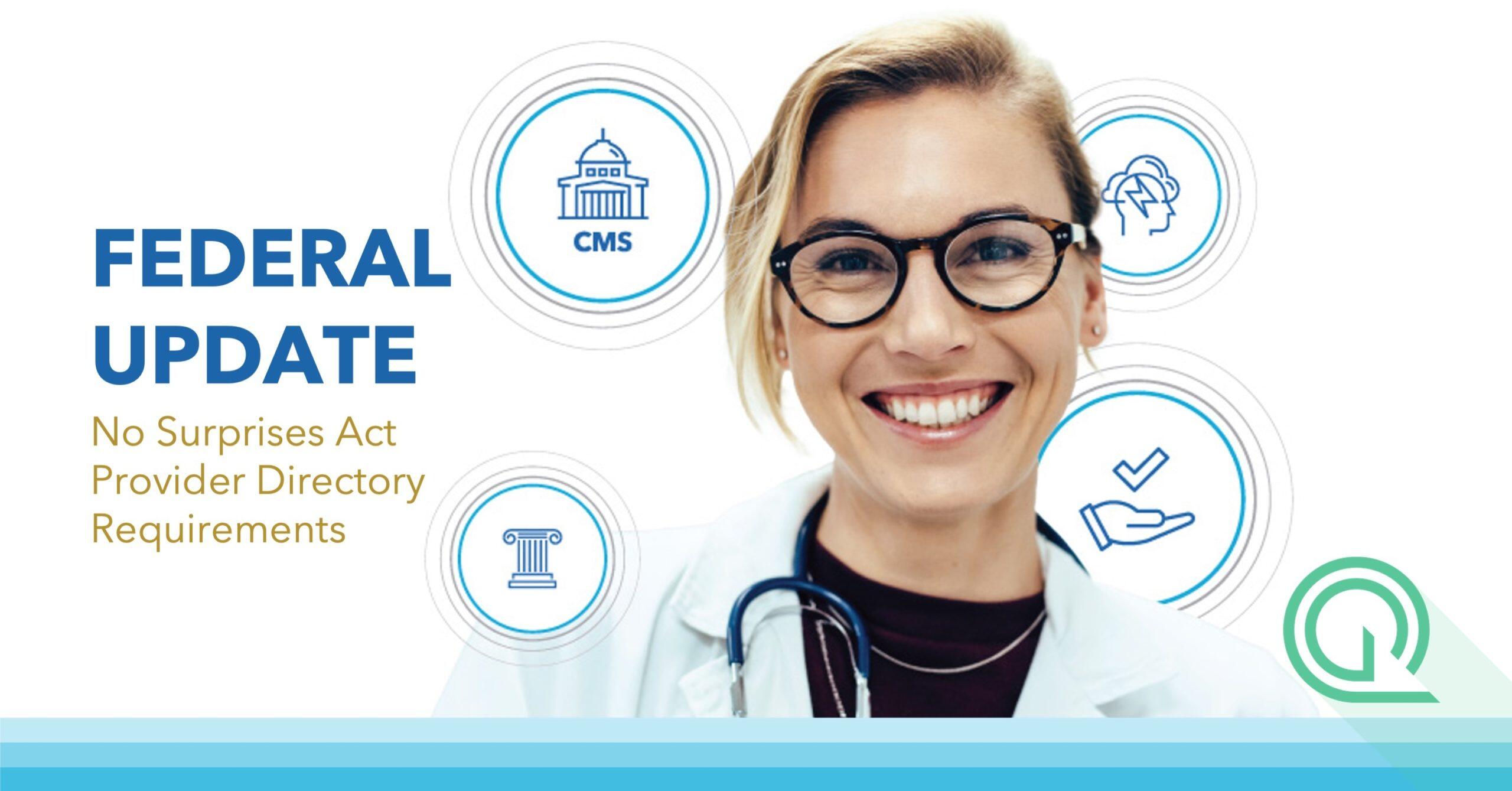On July 1, the Biden administration released an interim final rule with comment period (IFC), “Requirements Related to Surprise Billing; Part I.” This is the first significant step to implementing the No Surprises Act, passed as part of the Consolidated Appropriations Act of 2021 (CAA) in December 2020. The No Surprises Act protects healthcare consumers, primarily insured in the commercial market, from receiving unexpected surprise medical bills starting January 1, 2022. The ban on surprise medical bills introduces a variety of new requirements including, prohibiting providers from balance billing for emergency and certain non-emergency services, limiting health plans from charging members cost-sharing amounts beyond the in-network levels, resolving disputes between plans and providers through a regulated independent dispute resolution process, and requiring group health plans, health insurance issuers and providers to work together to provide an accurate public-facing provider directory. The IFC looks to execute a number of the law’s requirements for group health plans, health insurance issuers, carriers under the Federal Employees Health Benefits (FEHB) Program, health care providers and facilities, and air ambulance service providers.
Guidance on Provider Directory Information is Coming
Among the many provisions in the rule, there is an important clarification on the expected timing of regulations interpreting Section 116, “Protecting Patients and Improving the Accuracy of Provider Directory Information.” Our President, John Weis, recently co-authored an article on this section of the No Surprises Act for Compliance Today, a publication of the Health Care Compliance Association (HCCA).
Language in the preamble of the July 1 rule, excerpted below, is a “must-read” for individuals responsible for verifying provider directory information:
The CAA also includes provisions regarding transparency in plan and insurance identification cards (section 107), continuity of care (section 113), accuracy of provider network directories (section 116), and prohibition on gag clauses (section 201) that are applicable for plan years beginning on or after January 1, 2022; and pharmacy benefit and drug cost reporting (section 204) that is required by December 27, 2021. The Departments1 intend to undertake rulemaking to fully implement these provisions, but rulemaking regarding some of these provisions might not occur until after January 1, 2022. The Departments note that any such rulemaking to fully implement these provisions will include a prospective applicability date that provides plans, issuers, providers, and facilities, as applicable, a reasonable amount of time to comply with new or clarified requirements. Until rulemaking to fully implement these provisions is finalized and effective, plans and issuers are expected to implement the requirements using a good faith, reasonable interpretation of the statute. The Departments intend to issue guidance in the near future regarding their expectations related to good faith compliance with these provisions. Page 17-28 of the interim final rule (official Federal Register publication pending).
3 TAKEAWAYS FROM THE INTERIM FINAL RULE
Stakeholders can draw a few key points from this clarification:
1. Provider Directory Regulations Start January 1, 2022
The Congressionally mandated deadlines are real. The Departments do not plan to delay their enforcement of Section 116, “Protecting Patients and Improving the Accuracy of the Provider Directory Information.” Nor are they suggesting that states, as primary enforcers of provider directory accuracy for fully-insured plans, take a non-enforcement position. States, especially those with existing provider directory requirements, may continue or ramp up existing processes to proactively monitor and assess enforcement for provider directory accuracy. Learn more about how we work with both health plans and providers to improve provider directory accuracy.
2. Take Action Now
Currently, plans and providers must apply a “good faith, reasonable interpretation” of the provider directory verification requirements. While the Departments plan to offer future guidance about what “good faith compliance” means, stakeholders should not expect the guidance to be detailed regarding the precise steps to be taken to implement the requirements listed under “Protecting Patients and Improving the Accuracy of Provider Directory Information.” Our continual work with regulators has told us that health plans and providers need to take action now to maximize their chances for success. There are several approaches each party can take to comply with regulations. Here are a few to get you started:
- Understand your plan-provider contract Terms of Agreements
- Identify gaps and solutions to improve processes
- Collaborate with each other and business partners to create a strategy for communicating updates within the required timeframes
- Design and execute a process that meets compliance by the enforcement date, January 1, 2022
You can find more in-depth best practices and resource tools for achieving compliance on our No Surprises Act Resource Page.
3. Share Best Practices With The Departments
The interim rule is open for public comment for 60 days following publication in the Federal Register. Health plans and providers can use this time to share feedback and develop strategies to guide further rule-making on the definition of, “good faith compliance”. For example, stakeholders who have successfully implemented and executed strategies that align with the intent and letter of the statute could share these practices with the Departments as they develop additional guidance2.
Quest Analytics works closely with CMS and other regulators on network adequacy and accuracy and is committed to partnering with plans to achieve compliance with these new requirements.
More Resources At Your Fingertips
Get access to the resources you need to prepare and successfully meet the provider directory requirements on our No Surprises Act Resource Page.
References:
1. The Departments refers to the Department of Health and Human Services (HHS), the Department of Labor, and the Department of the Treasury (collectively, the Departments), and the Office of Personnel Management (OPM)
2. Guidance will likely come after January 1, 2022.








